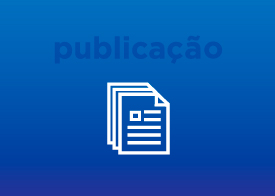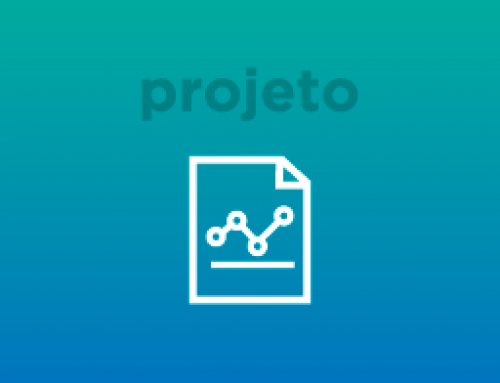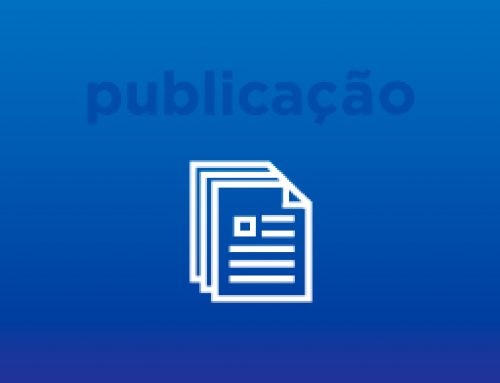Additional measures of in situ water quality monitoring in natural environments can be obtained through remote sensing because certain elements in water modify its spectral behavior. One of the indicators of water quality is the presence of algae, and the aim of this study was to propose an alternative method for the quantification of chlorophyll in water by correlating spectral data, infrared images, and limnology data. The object of study was an artificial lake located at Unisinos University, São Leopoldo/RS, Brazil. The area has been mapped with a modified NGB (near infrared (N), green (G) and blue (B)) camera coupled to an unmanned aerial vehicle (UAV). From the orthorectified and georeferenced images, a modified normalized difference vegetation index (NDVImod) image has been generated. Additionally, 20 sampling points have been established on the lake. At these points, in situ spectral analysis with a spectroradiometer has been performed, and water samples have been collected for laboratory determination of chlorophyll concentrations. The correlation resulted in two models. The first model, based on the multivariate analysis of spectral data, and the second model, based on polynomial equations from NDVI, had coefficients of determination (R 2) of 0.86 and 0.51, respectively. This study confirmed the applicability of remote sensing for water resource management using UAVs, which can be characterized as a quick and easy methodology.


